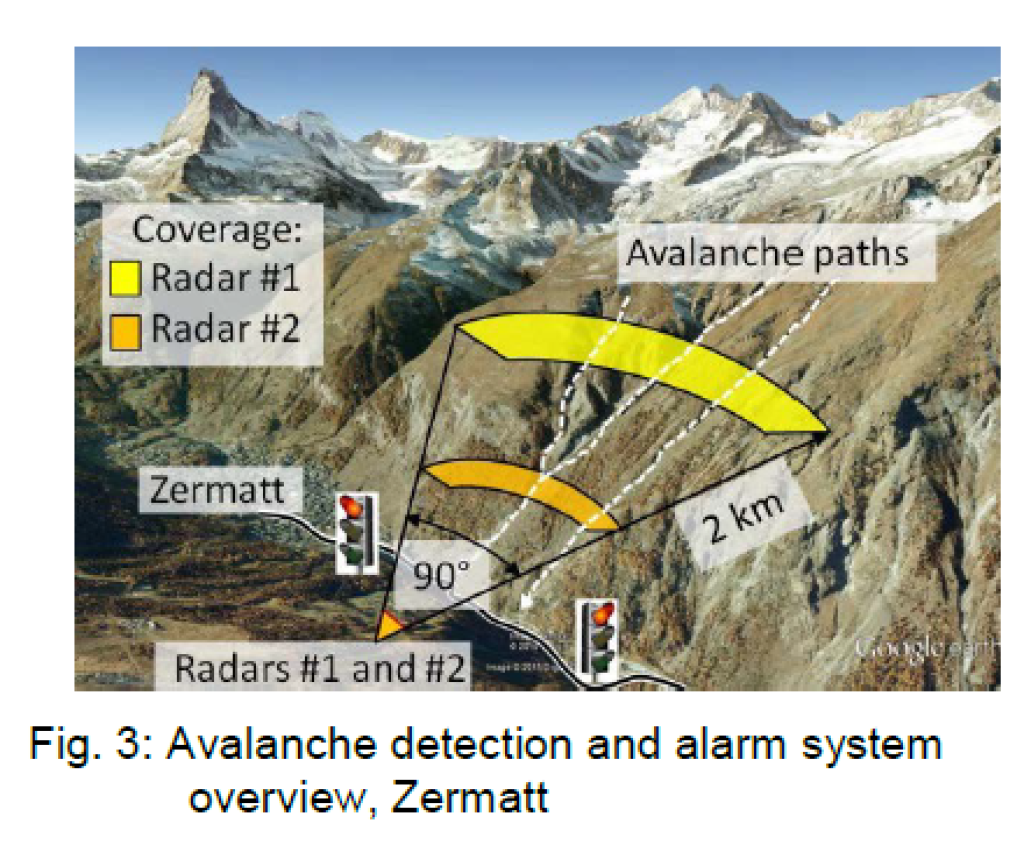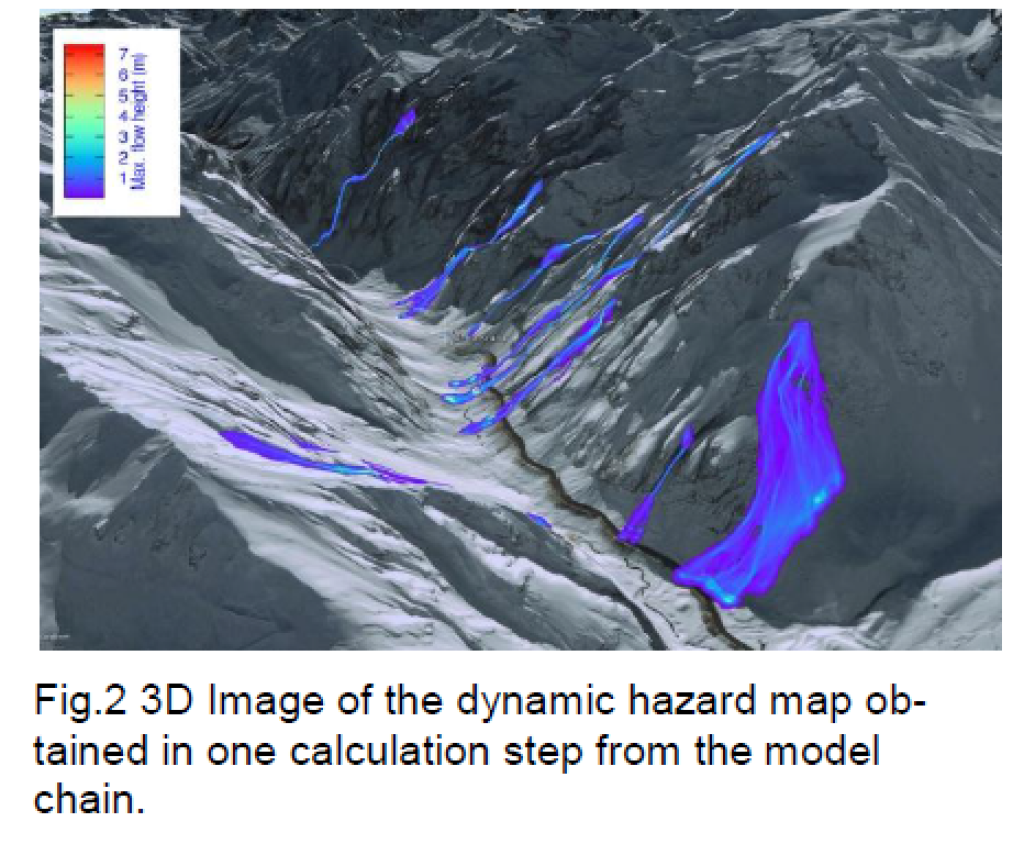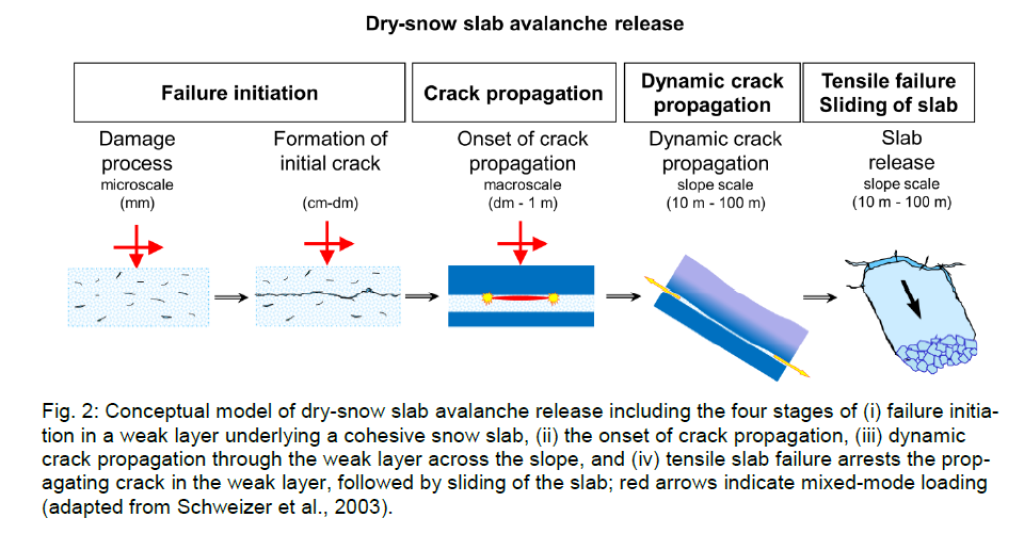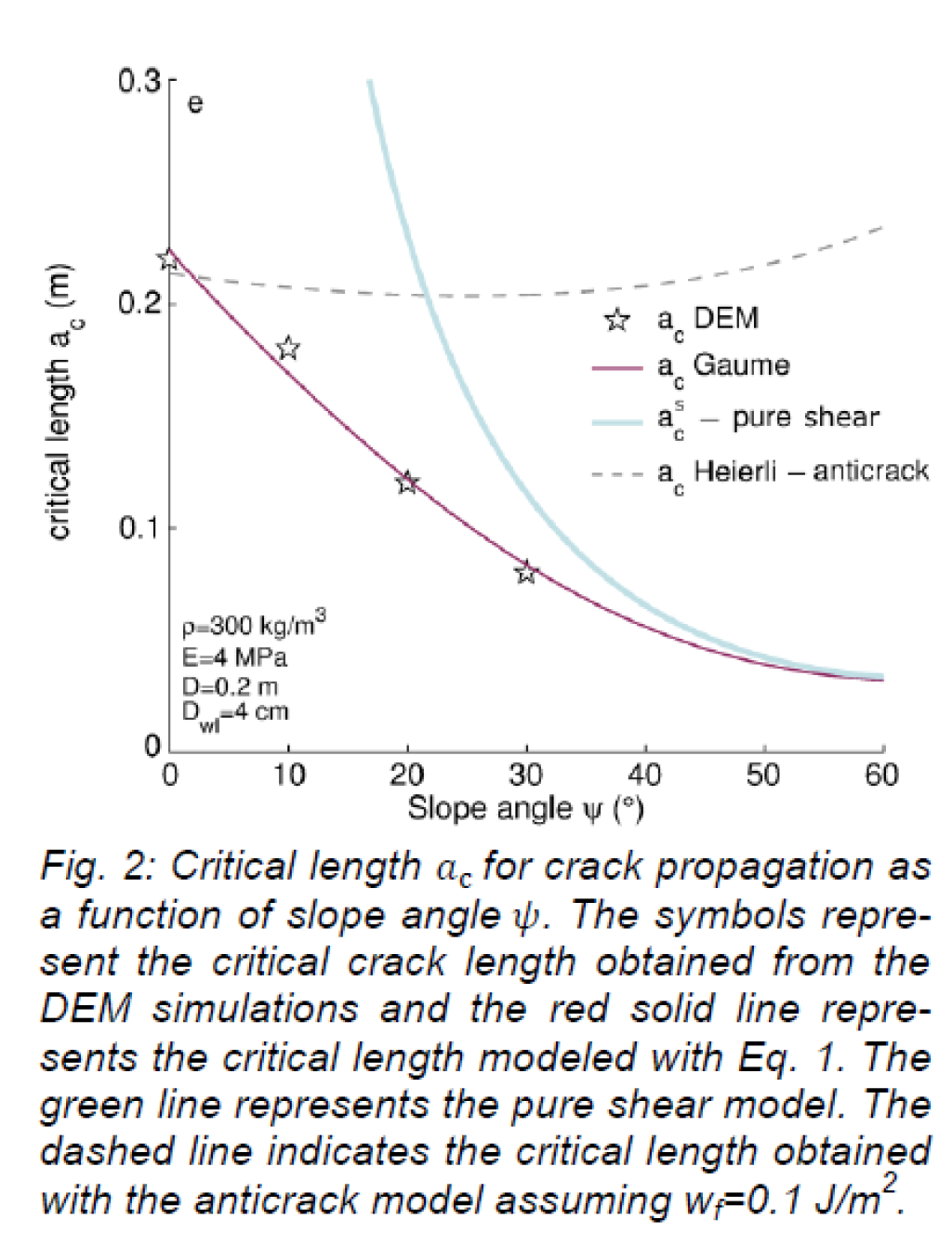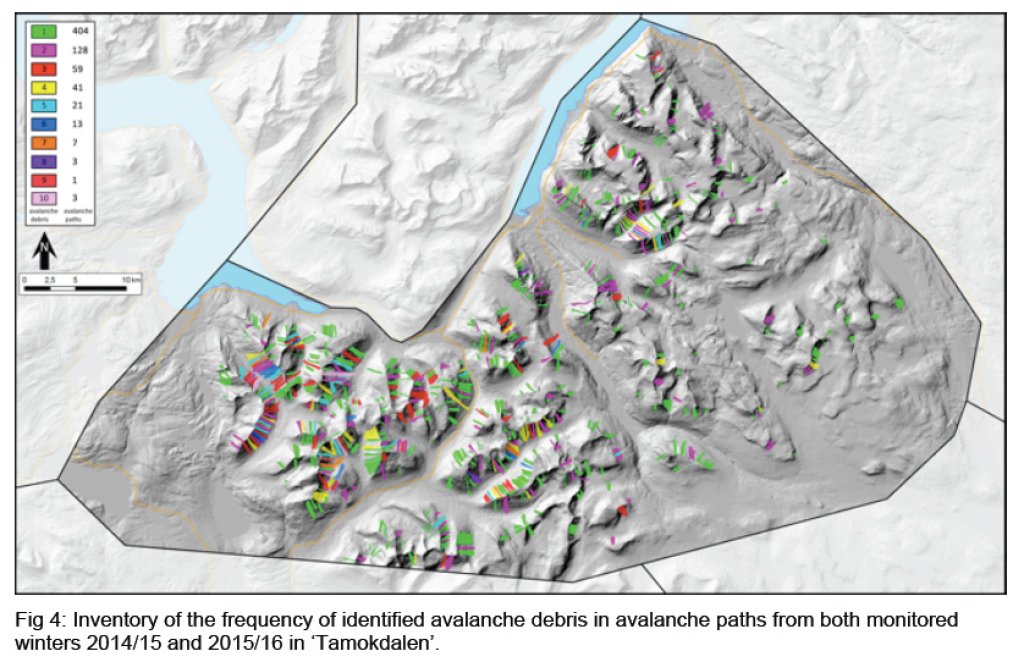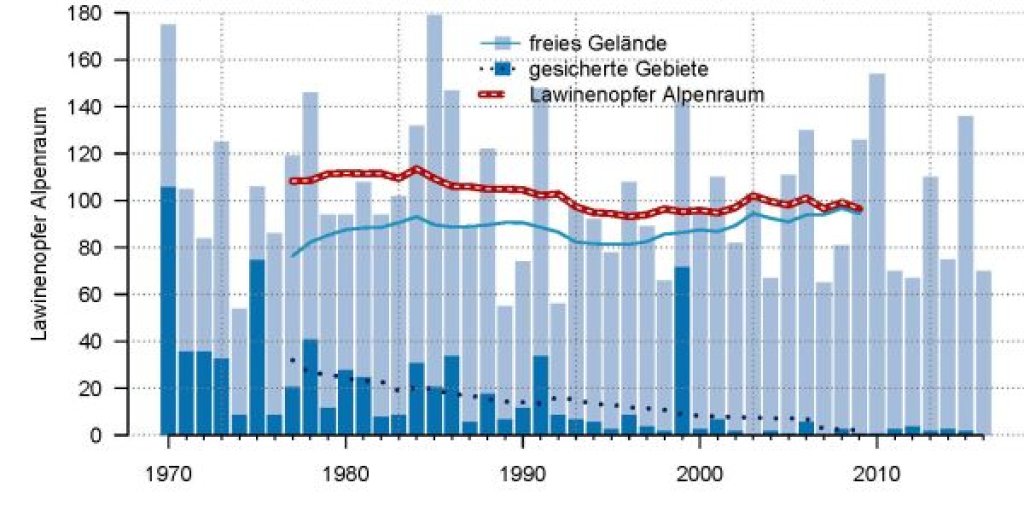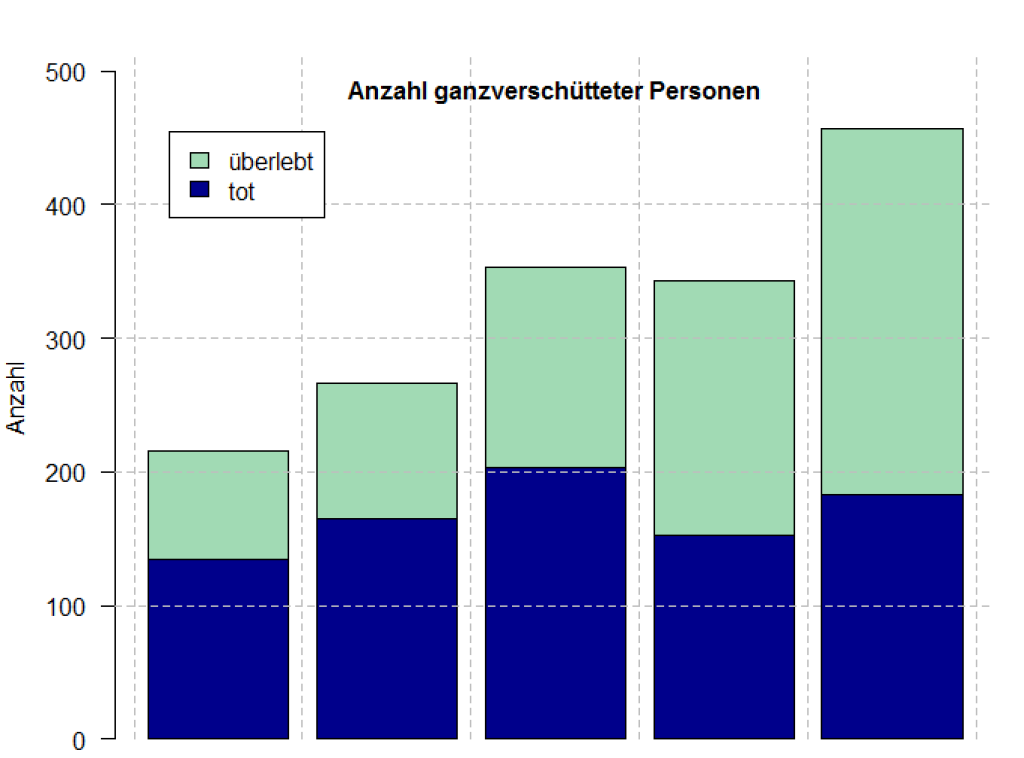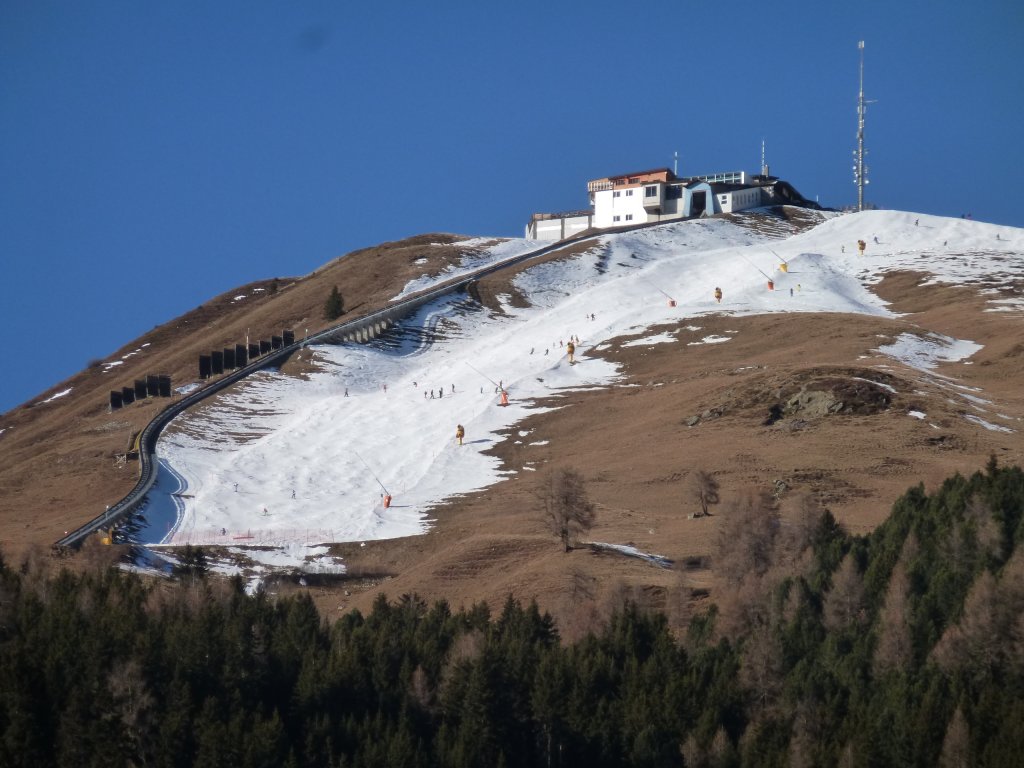In contrast to many other conferences, the ISSW also provides interested laypeople with one or two exciting and understandable presentations. On the one hand, there is a lot of focus on highly technical topics such as avalanche dynamics, snowpack modeling and measurement technology, but on the other hand, winter sports practice is also increasingly being discussed. In the following, we summarize a few new insights of the more technical kind, while the more practical topics will be dealt with in separate articles in the near future. Many thanks at this point to the organizers of the Innsbruck Snow Table, especially to Christoph Mitterer and Sasha Bellaire, who were at the ISSW and told us about some interesting studies.
Model chains
Model chains are increasingly being used in avalanche and snowpack modelling. This means that different models are combined into one large construct and no longer just calculate individually.
For example, weather models are linked to snowpack models, for example to better predict the "liquid water content" (LWC) of the snowpack - an important factor in wet snow avalanches. To date, the SNOWPACK snowpack model has been fed with weather station data to calculate the LWC. By its very nature, however, the maximum that is possible is "nowcasting" - predicting something that has actually already happened or is about to happen. If you feed the snowpack model with high-resolution weather forecasts instead, you can predict the LWC for the future accordingly. Bellaire and his colleagues have tested whether and how well this works, with promising results that may make it easier to predict wet snow avalanches in the future.
(Study: Regional Forecasting of Wet Snow Avalanche Cycles: an Essential Tool for Avalanche Warning Services? Sascha Bellaire, Alec van Herwijnen, Christoph Mitterer, Nora Helbig, Tobias Jonas, Jürg Schweizer, Proceedings, International Snow Science Workshop, Breckenridge, Colorado, 2016)
